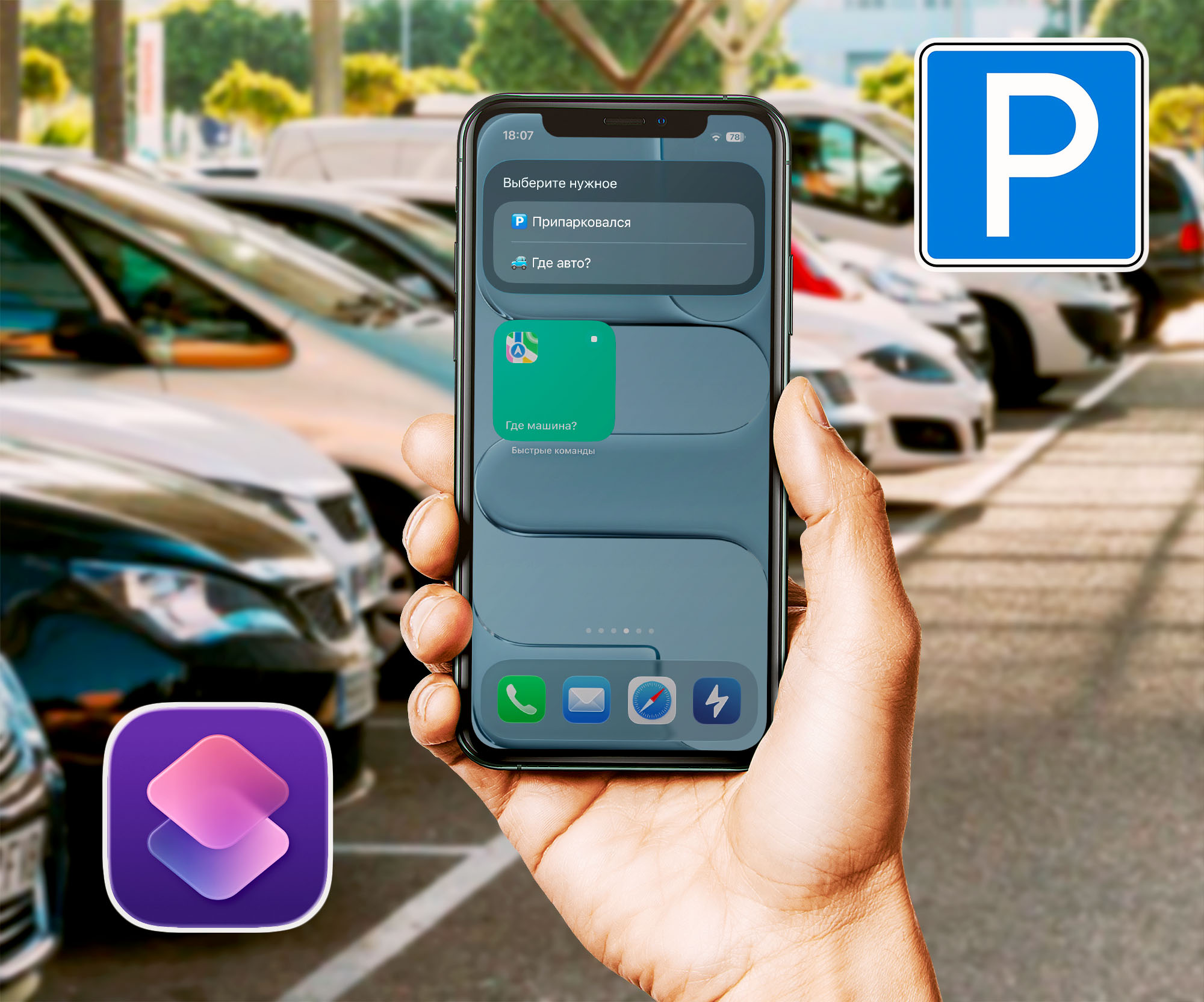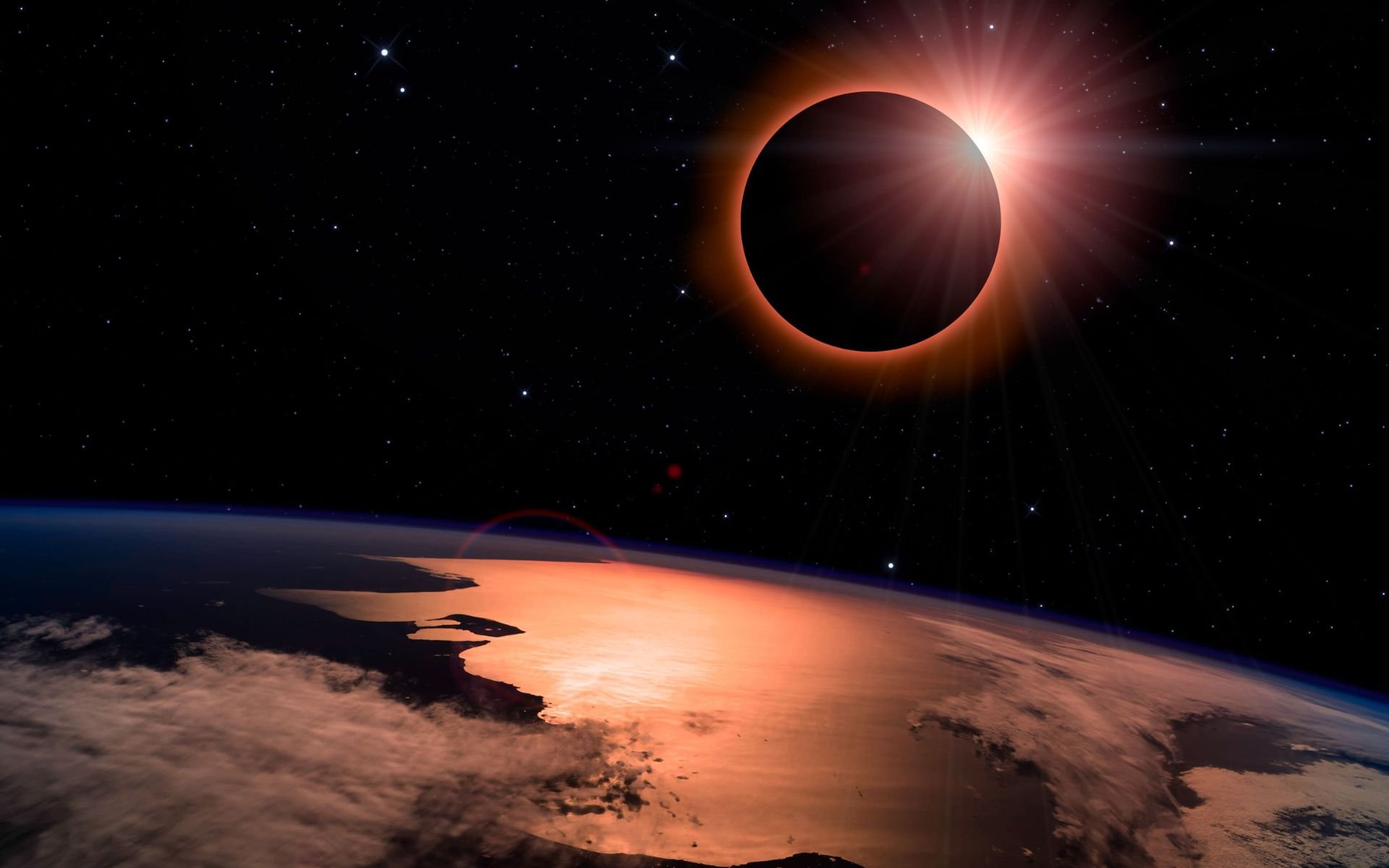On April 8, 2024, astronomy enthusiasts will be able to observe the total solar eclipse; however, only those living in certain regions of the United States, Mexico and Canada will be able to view the event. This phenomenon is thought to be rare, occurring in the same locations only once every 375 years on average.. The last time North Americans were able to watch a total solar eclipse was in 2017, while the last event in Brazil was in 1994.
Although it is an extremely impressive event for observers on Earth, it does not occur in exactly the same way in other parts of space. In reality, we only see the solar eclipse in a certain way because our planet, the Moon, and the Sun are synchronized, causing a significant blockage in the solar structure.
If you were in another part of the universe, this event would occur in a completely different way. For example, If an astronaut could observe the same event during a mission on the lunar surface, their perception of a total solar eclipse would be completely unique.
“Anywhere from four to seven times a year, our Earth, Moon, and Sun align perfectly to create the cosmic-scale shadow show known as an eclipse. The Moon’s orbit around the Earth is tilted relative to the Earth’s orbit around the Sun.” “This tilt is why we experience eclipses occasionally rather than every month. There are two types of eclipses: Lunar and Solar. During a lunar eclipse, the Earth’s shadow obscures the Moon. During a solar eclipse, the Moon blocks the view of the Sun.” NASA explains in an official publication.
The truth is that if we could watch the solar eclipse on the Moon’s surface, we would notice that the event is quite relative to the point at which it is observed. That’s why we’ve gathered some information from astronomers and other experts in the field who may be able to provide more insight into what the solar eclipse looks like from the Moon.
Solar eclipse observed from the Moon
Imagine that humanity has been on the Moon for several years and is living in a lunar base to conduct innovative scientific experiments. Could they watch the solar eclipse as if they were on Earth? The answer is yes and no. Cosmonauts can observe a similar phenomenon, but it occurs slightly differently when observed on the lunar surface.
An astronaut on the Moon could only observe the effects of a solar eclipse when he was exactly on the night side of the natural satellite, that is, the side facing our planet. On this occasion, he would observe a round shadow reflected on the Earth. – there is a bright light around. As the Earth’s atmosphere scatters the light, an event may occur that will display dramatic colors around the spot.

In an observation at the Earth’s surface, the same shadow would be responsible for blocking the view of the Sun, creating the dramatic spectacle of a solar eclipse. The shadow in question is moving at about 2,400 kilometers per hour across the Earth’s surface, but you wouldn’t notice the difference if you were observing it from the Moon. — Because of this speed, solar eclipses usually last 2 to 4 minutes.
“The shadow of this eclipse [do dia 8 de abril] In particular, it will first reach the Pacific Ocean, reach Mazatlán, and then follow a diagonal route through Texas to Maine, reaching the coast of Newfoundland in the Atlantic Ocean. This path that the shadow follows is called the path of wholeness,” Abrams Planetarium Director Shannon Schmoll said in an article on the website. Speech.
For observers on the Moon The path of totality in a total solar eclipse will resemble a dark, round dot passing through the Earth, making the Earth’s surface resemble an eye. The same concept was used by artist Pat Rawlings when he created an illustration showing what it would be like to observe a solar eclipse on the Moon’s surface.
During a lunar eclipse, the Moon moves in the Earth’s shadow and appears darkened for several minutes; It may appear red and shiny for a few hours after this. If an astronaut were to observe a lunar eclipse from the surface of the Moon, he would see it passing in front of the Earth, temporarily blocking the Sun.
Did you like the content? Stay up to date with more interesting facts about solar eclipses at TecMundo. If you wish, have the opportunity to understand why the clouds disappear during the solar eclipse.
Source: Tec Mundo
I’m Blaine Morgan, an experienced journalist and writer with over 8 years of experience in the tech industry. My expertise lies in writing about technology news and trends, covering everything from cutting-edge gadgets to emerging software developments. I’ve written for several leading publications including Gadget Onus where I am an author.












